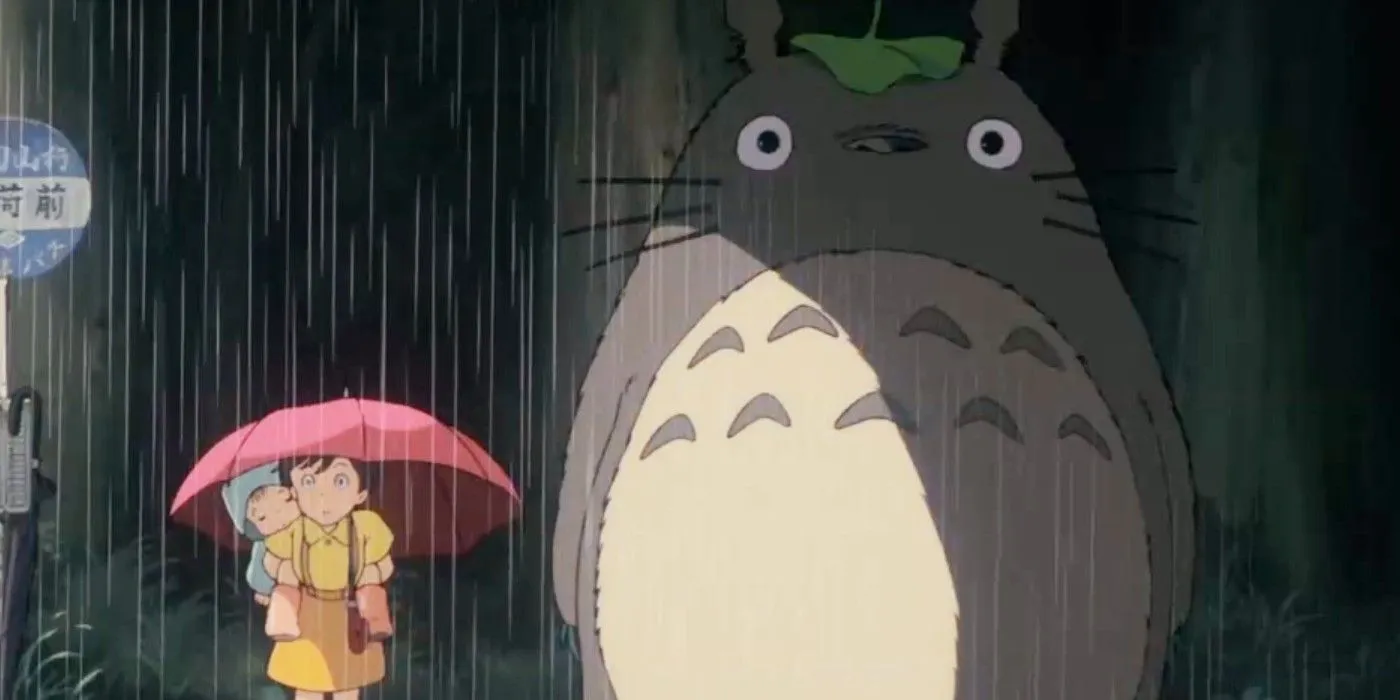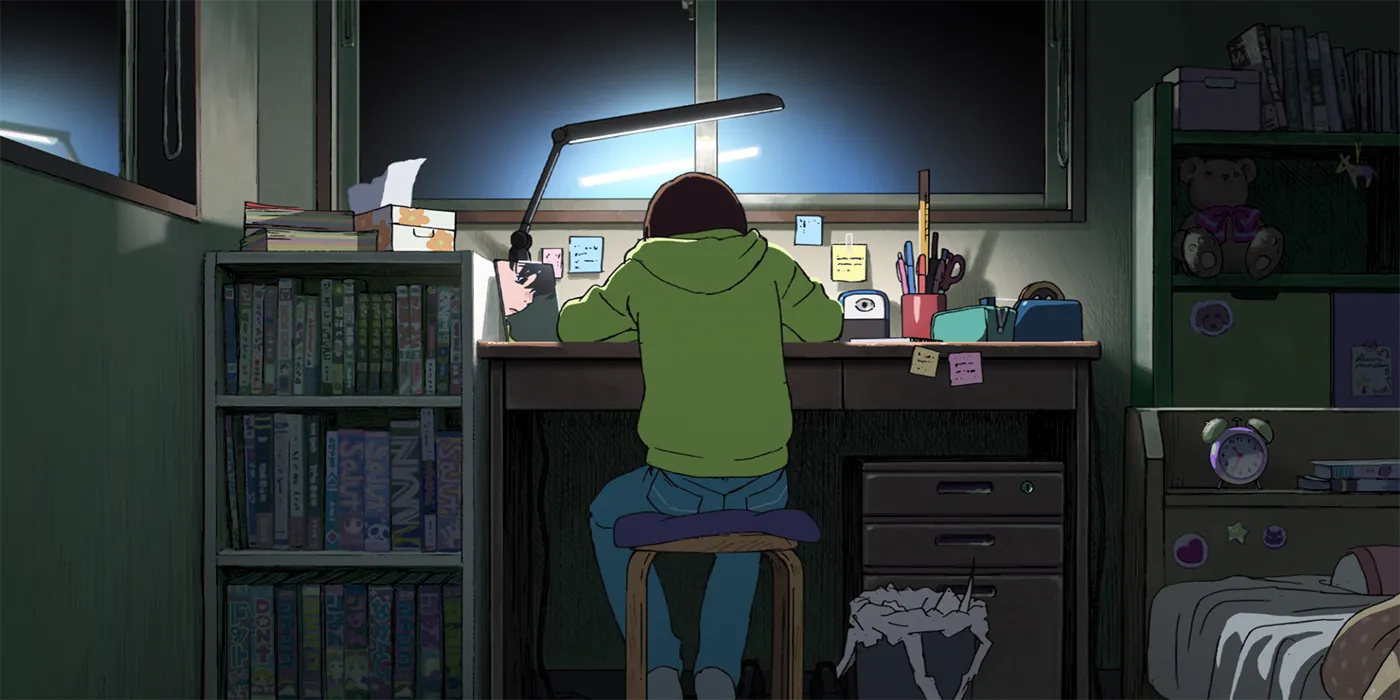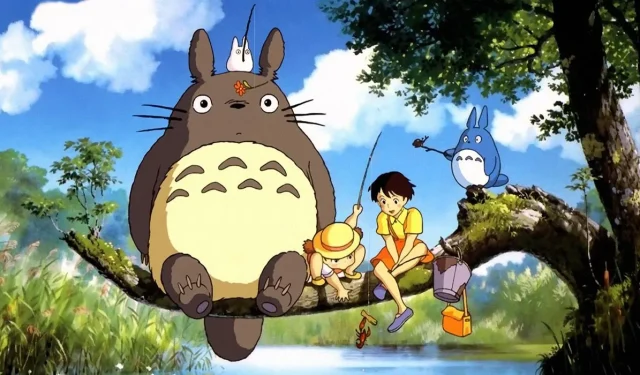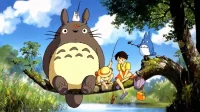The artistic legacy of Studio Ghibli and its iconic co-founder, Hayao Miyazaki, has captivated audiences worldwide for over four decades. Renowned films such as My Neighbor Totoro, Spirited Away, and Howl’s Moving Castle have transcended the anime genre, delivering profound narratives that resonate with audiences from every corner of the globe. Today, in the wake of Miyazaki’s recent Academy Award recognition, his distinct artistic style is seeing a surge in imitation through emerging AI technologies.
A notable advancement from OpenAI has introduced an image generation feature, enabling users to transform their creations into the quintessential Ghibli aesthetic. However, this innovation has sparked significant debate across social media platforms, igniting a fierce discourse among artists, AI advocates, and dedicated Ghibli enthusiasts. As the conversation unfolds, the significance of Miyazaki’s perspective on AI-generated art becomes increasingly salient.
Hayao Miyazaki’s Clear Stance on AI Art
Miyazaki’s Disdain for AI Art
https://www.youtube.com/watch?v=ngZ0K3lWKRc
With the surge of AI-generated images inspired by Ghibli, many wonder about Miyazaki’s thoughts on this phenomenon. Fortunately, speculation is unnecessary; the director has been vocal about his discontent. In a 2016 demonstration of AI-assisted animation by DWANGO, Miyazaki unequivocally expressed his disdain, stating, “I would never wish to incorporate this technology into my work at all.”
He further elaborated, emphasizing, “I strongly feel this is an insult to life itself.” Given Miyazaki’s rich history of crafting deeply human narratives, combined with his visceral reaction to the AI demonstration, his criticism is understandably harsh. The creators of the AI demonstration were left reeling from his candid response, which underscored the ongoing appropriation of his and Ghibli’s artistic style.
Miyazaki’s Timeless Insights on AI Technology
A Lack of Faith in Humanity

While some advocates for AI art seek to downplay Miyazaki’s critical remarks by emphasizing the specific horror-themed context of the demonstration, such defenses often lack sincerity. Following his vehement disapproval, the demonstrators expressed aspirations for future technology to replicate human artistry. In response, Miyazaki remained uncomfortably silent.
This silence speaks volumes, as he subsequently reflected, “I feel like we are nearing the end of times. We humans are losing faith in ourselves.” His words serve as a poignant critique of the very concept of machines recreating human art, highlighting deep-seated discontent with the loss of human touch. The essence of art lies in the creator’s experience, and reducing it to mere imitation strips away its intrinsic value—a sentiment shared by many creators beyond Miyazaki.
Artists’ Opposition to AI-Generated Images
Voices from the Industry

As AI-generated Ghibli-style content proliferates on the internet, the technology is encroaching upon various facets of the anime and entertainment industries. Amazon’s recent announcements regarding AI-assisted dubbing and VIZ Media’s utilization of AI for manga translation raise alarms about the future of these beloved art forms. Industry figures express growing concern; for instance, Hirohiko Araki, the manga creator behind JoJo’s Bizarre Adventure, articulated fears of an impending “world of con artists”and called for the establishment of regulatory frameworks for AI usage.
Kiyotaka Oshiyama, director of the highly praised 2024 film Look Back, poignantly remarked, “I think this will be the last work created solely by human hands.” This striking statement underscores the gravity of the issue, considering the film centers on the struggles and triumphs of artistic creation. For the protagonist, Fujino, recognizing the value of her efforts connects her with others through her art—an experience that risks being obliterated in an AI-dominated landscape.

Furthermore, Yoshihiro Watanabe, producer of Trigun Stampede, publicly voiced his disapproval, stating on X, “The only Studio Ghibli is Studio Shibli. That’s why it’s Studio Ghibli.” To authentic artists who dedicate their lives to their craft, AI-generated images feel like a betrayal of the tireless effort involved in artistic expression. At its core, art reflects the creator’s essence, and in a world stripped of that individuality, the parallel becomes moot.
The Trend: A Disrespect to Studio Ghibli
The Human Element in Ghibli’s Art

Studio Ghibli’s films are cherished for their profound storytelling that highlights the intricate relationships between humanity and nature—elements that AI fundamentally misunderstands. The reduction of Ghibli’s artistry into simplistic, derivative images starkly contradicts the essence of the studio’s works and, as Miyazaki suggests, is an affront to life itself.
Studio Ghibli stands as a titan in the anime landscape, with a rich portfolio that has uplifted and emotionally engaged audiences throughout its illustrious journey. From the seminal Nausicaä of the Valley of the Wind to the recent The Boy and the Heron, Ghibli captures a beauty that can only emanate from human creativity. Regrettably, this contemporary trend showcases the lengths to which AI will go to infringe upon the legacies of remarkable artists. The fact that Miyazaki refrains from using social media to comment on these issues is perhaps a relief to AI proponents; his insights would undoubtedly resonate profoundly.


